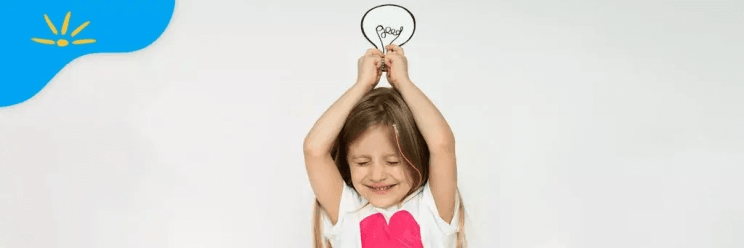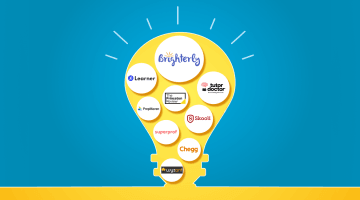Math Projects Ideas for Students
reviewed by Jo-ann Caballes
Updated on July 19, 2024
Math projects are a universal activity that can be conveniently utilized in many scenarios. For example, they are a superb way to help kids learn new concepts or revive their past knowledge. Besides, they are commonly used to upgrade lessons by making them more fun, engaging, and enjoyable.
Even though math is a relatively complicated subject, using relevant projects can really upgrade the whole learning process and make children memorize things faster and remember them longer. But what are those “relevant projects”? In this article, we’ll share the best ideas each child will adore!
Attractive math project ideas
Here are just a few math project ideas to adopt:
- Using paper plates and clock templates
- Estimating the sizes or weights of some objects
- Using Venn diagrams
- Conducting surveys or graph projects
- Taking up event planning projects
Now, let’s explore each of these in detail.
Using paper plates and clock templates
Take a paper plate and make a small hole in the center of it. Then, outline the places at the plate sides where to put hours (but don’t write the very numbers). Now, your child should fit in blank spaces with corresponding numbers 1 to 12. When the task is ready, you can make the clock hands from colored paper. Check out how it works:
There are also many ways to upgrade the task. For example, you can let your kid write on another plate with different colors and glue it to the underside of the top plate to form an edge. Just ensure that the kid catches up on the task. With this math project, you can show them how to tell time quickly and engagingly.
Estimating the sizes or weights of some objects
The best way to help kids understand sizes and weight is to show them those units in the real world. For instance, you can ask them to guess the length of some routine object and then measure it together. Similarly, they may try to assume the distance between two well-known locations and check their guesses through a GPS service.
Using Venn diagrams
Venn diagrams are a frequent stumbling point for many school students. Luckily, there are some great math projects to help with the topic! Thus, you can introduce these diagrams as representations of some sets where two well-known things overlap. The simple explanation here is with a color graph, where yellow and red colors overlap to produce orange and yellow and blue mix to create green. The child’s task here is to understand the results of these color combinations.
Conducting surveys or graph projects
Kids can think about the question or situation they’d like to poll their peers on and participate in a survey. No complex ideas are needed here. Children can discuss which colors they like most or define the most popular season or singer among their peers.
Taking up event planning projects
This idea best fits for middle school students. With this project, they should ponder how to manage available resources and select ideas for their projects. To help your child get hands-on experience in mathematical calculations, you can ask them to estimate the necessary budget by adding and dividing numbers.
Do you like it when learning relies on some creative math projects? That’s just what we practice at Brighterly! This platform encourages entertaining and game-like learning, believing that it’s how children best memorize the material. Classes are conducted 1:1, so all the attention is devoted exclusively to your child. So yes, if math can be interesting, it is that way at Brighterly.
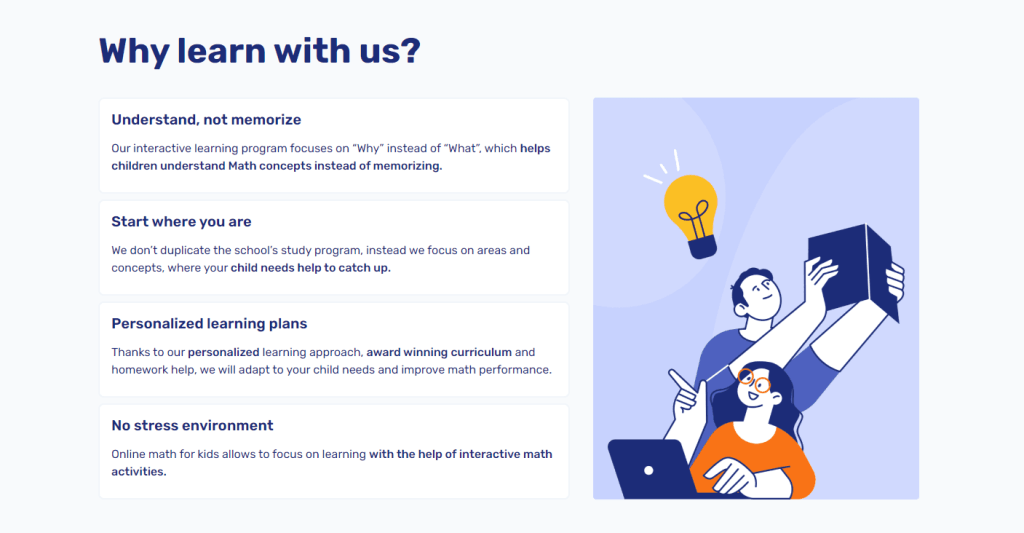
Fun math projects for middle school
The most fun math projects for middle school are as follows:
Planning a dream vacation
Who doesn’t like going on vacation? Cool math projects like this one ask your students to create their dream route! Give them a specific budget and ask them to allocate it carefully to cover expenses on lodging, meals, leisure, and everything else they can think about. Couldn’t match the budget? Then give them the choice to reduce the number of days or try to fix some of their expenses.
Playing math card games
The most exciting math projects for middle school encourage students to spend a lesson with a deck of cards playing some exciting math-related games. For instance, you can teach them the game of 21, Blackjack. Yes, it’s a traditional casino game. But the thing is, it requires a good portion of strategy and mathematical skill (so, yes, all successful gamblers are mathematicians to some extent). Blackjack allows kids to practice addition, logic, and odds — quite enough for a single lesson.
Creating stock market projects
With middle school math projects like this one, your kid will make their first steps in investments. Give them a specific sum, for instance, $10,000 (yes, an imaginative sum). Then, ask them to create a portfolio of 10 stocks without exceeding this budget. For this task, students must research the stock prices of their favorite companies and choose the ones that fit their tastes (and budget, of course).
4th grade math projects ideas
But of all the activities listed above, the best math projects for kids in 4th grade involve a range of colorful and interactive games like these:
Math riddles and puzzles
Math riddles and puzzles you can use are just endless! And they can work as a solid base for engaging math projects for elementary school students. You can write some tasks on colorful sticky notes and hand them around a room. Then, ask your child to solve them by one. The next riddle’s location can be specified at the bottom of each paper. Now, the whole process looks like solving math riddles inside another huge riddle.
Building a fraction kit
With a fraction kit, your students can upgrade all their weak points connected to fractions. Now, they can finally break down fractions to understand how they work. Similarly, they can compare, contrast, and subtract fractions, or learn to find their equivalents.
Math Bingo
Adults like playing the exciting Bingo, but kids will adore it, too, with this math project! In fact, you can use it as a teaching tool for any skill, such as addition, subtraction, division, or multiplication. Here’s the flow to follow:
- Write down twenty arithmetic questions, for instance, 8 + 5, 2 + 1, and 5 + 9.
- Write your answer on the same page.
- Use a web generator or make your own 5×5 bingo cards.
- Put the solutions from your list on the cards randomly.
Your kid should have a blank bingo card on which they have to match solutions with the equations from your list. This can be one of the most fun math project ideas for 4th-graders.
Paper airplane competition
This project is equally suitable for improving your child’s motor skills and math. It involves building an airplane that can fly at particular distances. Seems complex? Well, this task does require a good portion of testing until everything works properly.
Note: that it’s not a solo game, so be sure to participate (or invite some of your child’s peers).
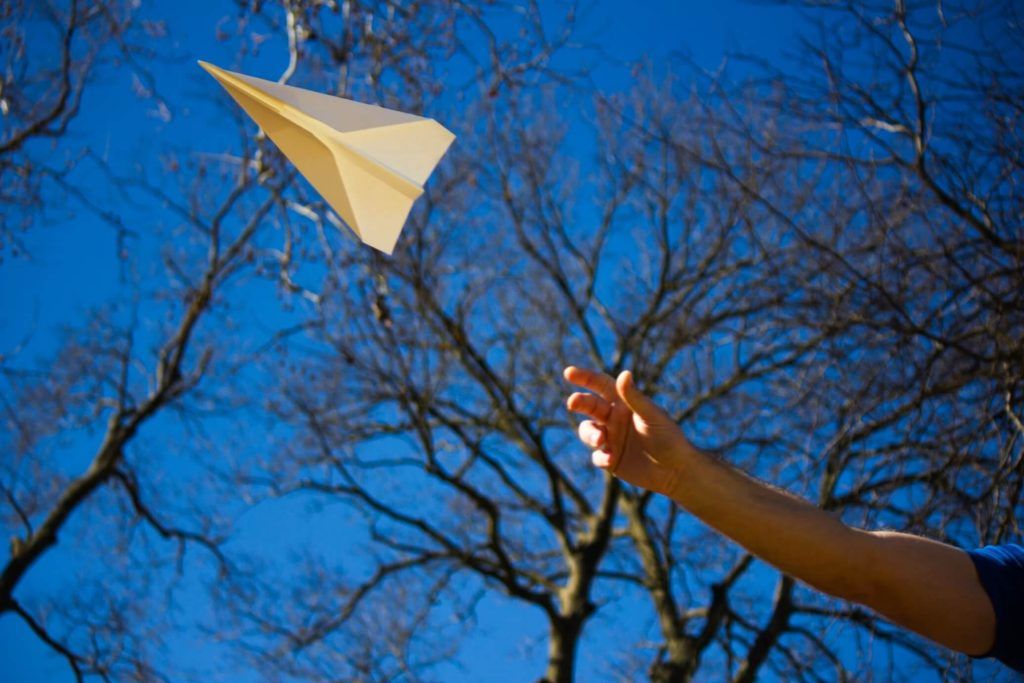
Kids should make a hypothesis, construct the vehicle, and keep tracing how it flies. The activity is perfect for warm sunny days to test inventions outdoors.
5th grade math projects ideas
Now to our pre-middle schooler! They will adore these mathematics project ideas:
Symmetrical summer
For this activity, you need to print out some symmetrical summer-related images (find them online). Then there can be many variations of this task:
- There can be a whole picture graphed out, and the kid’s task will be to color it symmetrically;
- There can be only one half graphed out. Then, the kids should graph the second half and symmetrically paint both halves.
Climb the math mountain
Such math projects for students are structured as competitions involving several participants. With them, children must tackle multiple math tasks and equations, from simplest to most difficult. They should employ all their knowledge as they climb the math mountain. The kid (or an adult) who completes all tasks first wins the whole game.
Dream home design
In this task, students are asked to create floor plans for their dream house and garden area near it. They should use their previous math skills on scales, measurements, areas, and perimeters during the process. You can give them graph paper or utilize online tools like Google Sketchup for this project.

First, kids have to plan their dream home. Then, they should estimate the approximate price for building it based on the cost of materials. Finally, they can sketch the interior and exterior and similarly distinguish the furniture price.
Think designing a home isn’t the best idea? Experiment! Ask your child to create an aquapark, spa hotel, restaurant… whatever you can imagine.
Math project ideas for high school
The engaging math project ideas for high school include:
Mathematical election preparation
There has been much discussion about the best election mechanism for the US. The contender types here are:
- Electoral College
- Majority election
- Approval voting
- Ranked-choice voting
Obviously, there’s no best option among these. However, through mathematical calculations and evaluations, students can define potential results from each type. Then, they should choose the strongest mechanism and use the collected data to prove its potential.
As you might guess, this project can be completed solo, but it brings more excitement when played by several children.
Impact of climate change
Among other math project ideas for high school, this one fits children who show interest in environmental issues, water resources economics, and risk analysis. It involves evaluating the historical data on temperature, soil moisture, and drought indicators. After studying the current evidence, students must assess the likelihood of some environmental issues in specific conditions.
It’s not an easy project, though. It will require much skill in data processing, machine learning, and meteorological modeling. This way, it ensures the development of multi-sector knowledge.
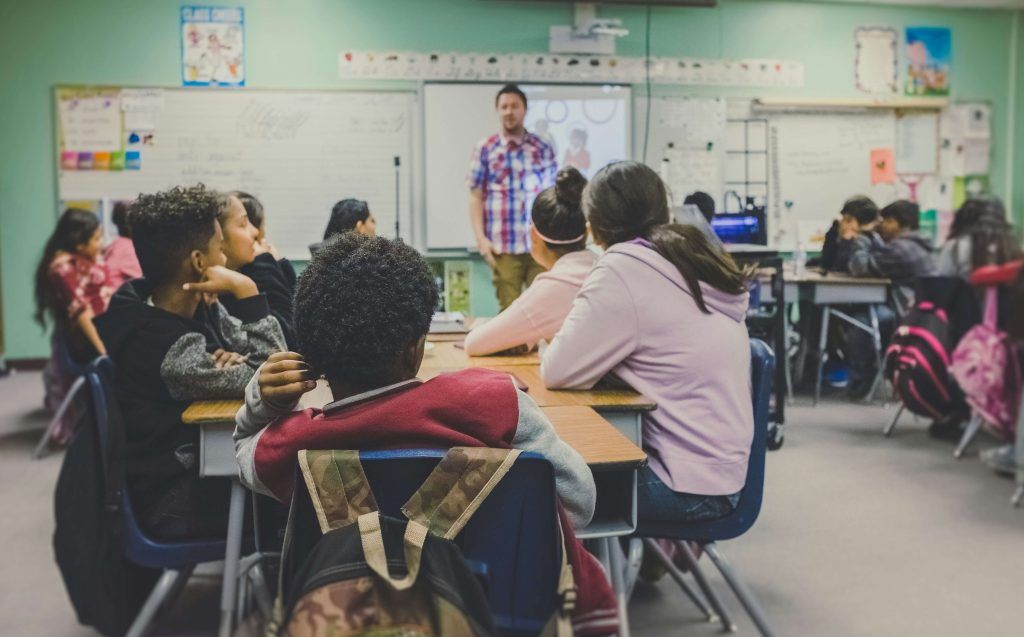
Rocket science
This one covers the space theme. As we know, rockets are powered by fuel. Once a rocket travels to some far destination, it must carry enough fuel to cover the way and return to Earth. However, the amount it carries should also perfectly fit into the price-quantity ratio.
The task of this project is to calculate the most suitable and cost-effective fuel value to get to various celestial bodies. But note that to complete it, you should also research and introduce information on current electric and chemical propulsion technologies. Once ready with the amount, your child should also learn to calculate the fuel cost required for each voyage.
Conclusion
Math can be (and it often is!) a tough challenge for youngsters and adults. Engaging kids of all ages in math projects is the perfect way to help them master their knowledge and build new skills. With these math school project ideas, you will open their minds to the most exemplary and appropriate way to tackle the subject.
And if you want to turn some math games into a day-to-day activity for your child, don’t hesitate to book a lesson at Brighterly!

